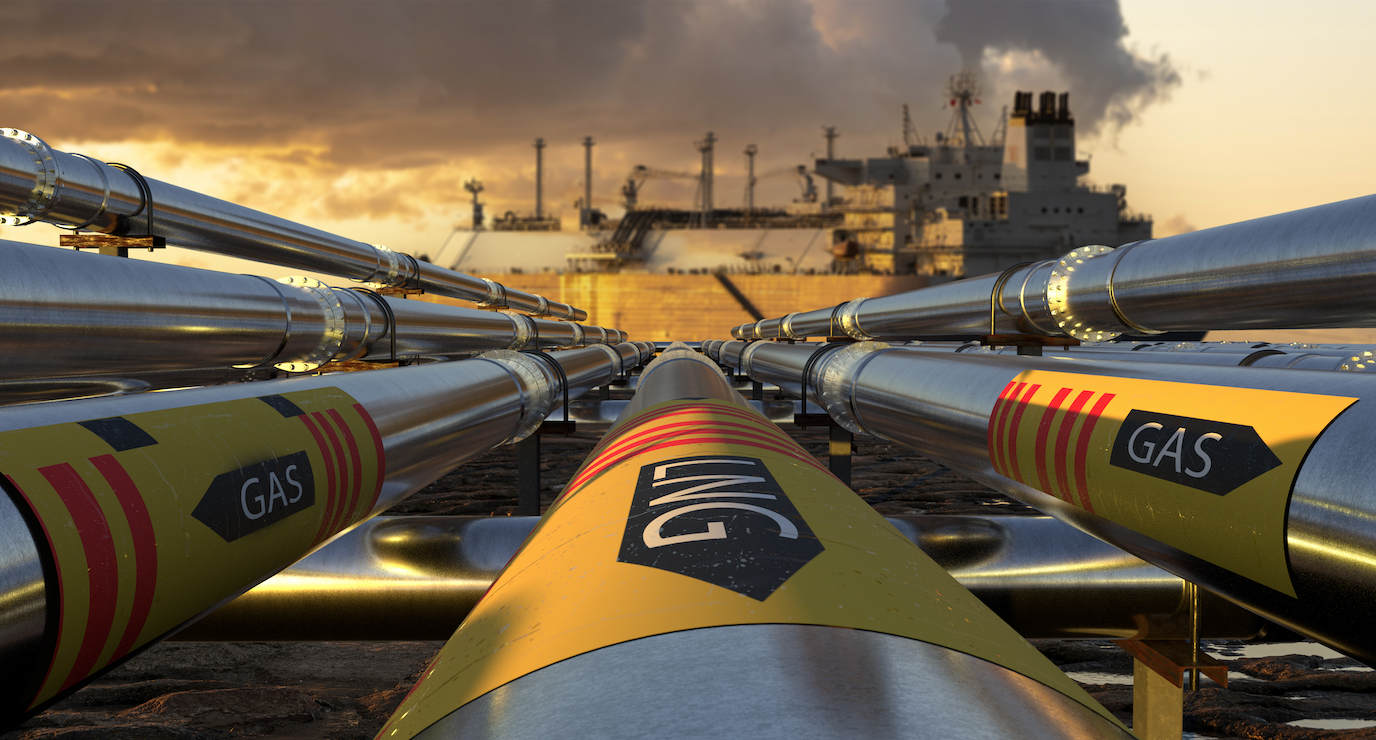|
Yamal Pipeline Supply Plummets to Zero, Russia Demands Rubles for Gas
When MRP begun highlighting a potential energy crisis in Europe all the way back in the autumn of 2021, we specifically noted a 77% drop in Russian gas supplies travelling through the critical Yamal-Europe pipeline. By December, it was obvious that thinning gas flows from Russia to Europe were becoming more deliberate and threatening, reflecting geopolitical tensions between the two regions and Russia’s buildup of troops along Ukraine’s eastern border.
Just about a month into Russia’s invasion of Ukraine, Reuters now reports physical gas flows through the Yamal-Europe pipeline at Germany’s Mallnow point have fallen to zero. Though gas continues to flow through the Nord Stream 1 pipeline, those shipments could potentially be impacted if European nations do not comply with Russia’s new demand that “unfriendly” nations pay for their natural gas exports in rubles. In a bid to prop up the Russian currency, which looked ready to collapse in the immediate aftermath of their attack on Ukraine, President Vladimir Putin has ordered Gazprom, the country’s biggest gas company, and the Russian central bank to outline plans for ruble payments by tomorrow.
Though the initial response from the G7, which includes key European economies like France, Germany, Italy, and the UK, has been a resounding rejection of this plan, European countries that rely on Russia for 40% of their gas and 25% of their oil could end up further exacerbating energy shortages and crippling power prices. Rising electricity prices have been slamming European households and even begun to curtail the continent’s industrial output earlier this month as steel plants from Spain to the UK were forced to suspend operations. Even with steel prices spiking, Bloomberg noted that many mills would still be operating at a loss by running their electric-arc furnaces.
It remains to be seen how serious the threat is, but the AP reports that Putin’s ruble proposal did lead to Germany’s utilities association, the BDEW, to call on the government to declare an “early warning” of a severe energy shortage – the first of three stages of energy emergency in EU and German law. As MRP covered two weeks ago, Russia previously threatened to cease dollar-denominated debt payments in USD, insisting that they’d only be able to pay coupons in rubles, but Moscow avoided default and ended up paying in USD after all. In a similar way, Russian gas agreements with Europe are not contracted in rubles and some commentators say Russia has no choice but to accept euro and dollars for payment.
Early reports this morning indicate Russia may be backing off of their own deadline and that it may “take time” before ruble payments for natural gas supplies can actually begin.
Regardless, this volatile state of affairs is untenable and, if geopolitical tension and sanctions between many European states and Russia are to become entrenched for the long-term, there will also have to be long-term solutions to stabilize European energy markets.
US Export Boost Could Supercharge Gas Output Through the Next Decade
One of the potential solutions is to rely more heavily on US gas. The White House announced last week that the US will rapidly increase exports of liquefied natural gas (LNG) to Europe. Per Scientific American, the move will ramp up LNG shipments carried by seagoing tankers by 15 billion cubic meters (bcm) this year. That would be a two-thirds increase of gas supplies when compared to a record 22 bcm of LNG the US sent to Europe last year. According to President Joe Biden, the ultimate goal is to increase that annual total to as high as 50 bcm through at least 2030.
This marks a change in priorities for the administration and a slight shift away from Biden’s relatively hard line on US fossil fuel production. Per the Wall Street Journal, the White House’s announcement came just one day after Democrats on the Federal Energy Regulatory Commission (FERC) backtracked on new environmental regulations, perhaps signaling a broader change in sentiment.
Rising demand for US gas will obviously require quite a boost in output. The US Energy Information Administration (EIA) now projects that annual US natural gas production will grow by almost 25% through 2050 in their Annual Energy Outlook 2022 reference case. Largely in line with the US’s new export agreement with Europe, the EIA sees natural gas exports continuing to rise through the early 2030s before leveling off. Overall US LNG capacity expansions, coupled with increasing demand for natural gas abroad, result in an increased forecast of LNG exports to 5.86 trillion cubic feet by 2033 in the reference case, up 65% from current levels.
Already, IHS has reported an 80% YoY jump in European LNG imports from the US. For the first time, the country is providing more natural gas to Europe via ship than Russia is through its pipelines. The US has now jumped into first place among the world’s largest natural-gas producers and, in January and December, it was the largest exporter of LNG as well. WSJ writes that nearly 70% of US LNG shipments went to the 27 nations of the EU, the UK, and Turkey. Per US Energy Secretary Jennifer Granholm, “We are exporting right now every molecule that has a terminal available to liquefy it.” |






Leave a Reply